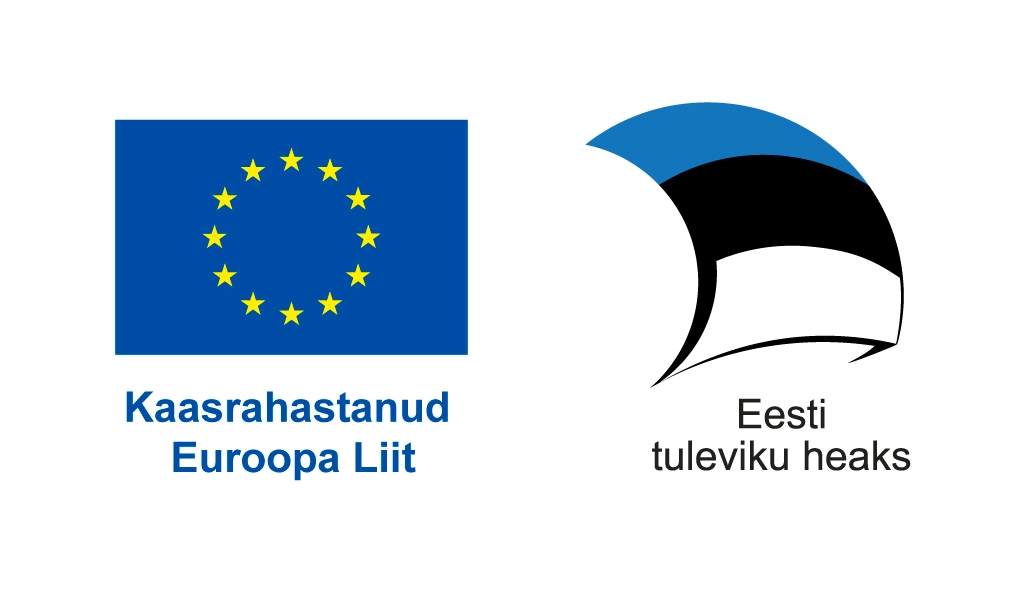Scientists have found that the longer 5–17-year-olds sit each day, the worse their health becomes—especially when it involves watching TV or other screens during leisure time (1).
For this reason, the World Health Organization recommends that children and adolescents aged 5–17 engage in at least 60 minutes of moderate to vigorous physical activity daily. More is likely even better. But what kind of exercise? It turns out that both cardiovascular and strength training are important for children and adolescents. Cardiovascular exercise improves endurance, while strength training enhances muscle health (1).
The latest guidelines from the National Institute for Health Development also recommend that children and adolescents from the age of five engage in muscle- and bone-strengthening exercises—i.e., strength training—at least three times a week. A common myth once claimed that strength training would stunt growth in young people. In reality, the opposite is true: proper strength training strengthens bones. However, it is important that strength training is appropriate for the child’s developmental stage, performed with good technique, and uses suitable weights—maximum lifts and weightlifting competitions should only be done once the body has reached its full height (2). If you need a more detailed explanation of good technique or appropriate weights, consulting a qualified trainer is advisable.
As a parent, a good starting point is knowing approximately how many hours per day your child is physically active, how many hours they sit, and how much screen time they have. This allows you to find ways to increase their activity levels.
For example, children could attend an extracurricular sports activity after school and walk the dog. Younger children can engage in playful activities such as hide-and-seek or obstacle courses. Additionally, the less you drive your child by car, the more they move independently—whether by walking, using public transport, or cycling. The key is to find activities that bring joy to the child or fit naturally into daily life.
This article has been reviewed by Lyfery’s medical consultant, Dr. Kristiina Paju, and Dr. Taavi Tillmann, Associate Professor of Public Health at the University of Tartu and Lyfery’s lead researcher, as a follow-up to a previous article on the benefits of exercise.
Sources:

Lyfery pakub sulle personaalset ja sinu tervisekäitumisest sõltuvat elukindlustuse lahendust. Skandinaavia pangad seda endale lubada ei saa.

The project “Technological development, testing, and demonstration of components of a healthy lifestyle scoring model” has received €34,580 in development grant support.
As part of the project, a model was developed to assess healthy lifestyle habits, enabling the cost-effective offering of life insurance that supports healthier living. The goal is to create a scalable, health-promoting product that can be expanded across Europe.
As a result of the project, the Lyfery app now measures lifestyle-related mortality risk on an individual customer basis.